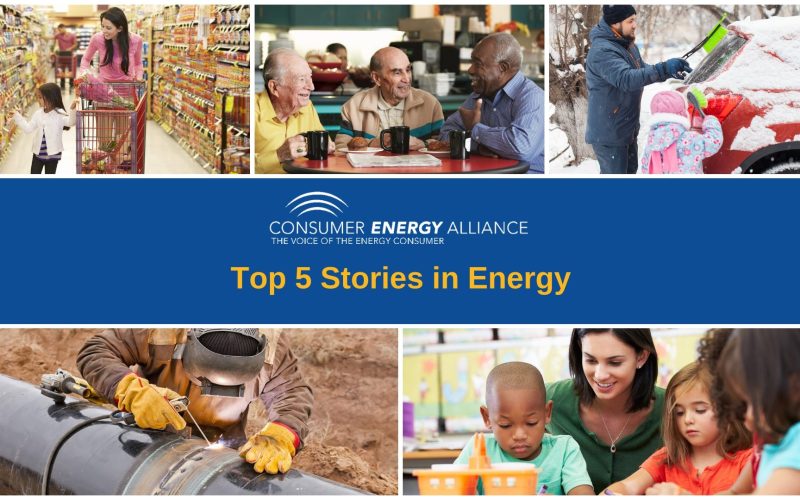THE VOICE FOR THE ENERGY CONSUMER

The Kansas City Chiefs have secured the title of Super Bowl LIV Champions, an achievement that they haven’t been able to boast about since Super Bowl IV. A Quick History.
The New Jersey EMP still does not take into account natural gas infrastructure updates that were urged to be put in place in October. A recent report by Consumer Energy.

Consumer Energy Alliance (CEA), the leading consumer energy advocate, released the following statement in support of increasing capacity to meet growing demand and ensuring greater reliability for consumers across the.

In celebrity headlines this week we sadly lost former Lakers star Kobe Bryant and his daughter Gianna; but happily, Netflix gave us Taylor Swift’s Miss Americana. And in national news,.

The New Jersey Energy Master Plan has created quite a controversy. The plan has been called out for eliminating consumer choices, a lack of transparency and increasing taxes on consumers..

The U.S. Fish & Wildlife Service is asking for public input on a proposed rule that defines the scope of the Migratory Bird Treaty Act (MBTA). Consumer Energy Alliance President,.